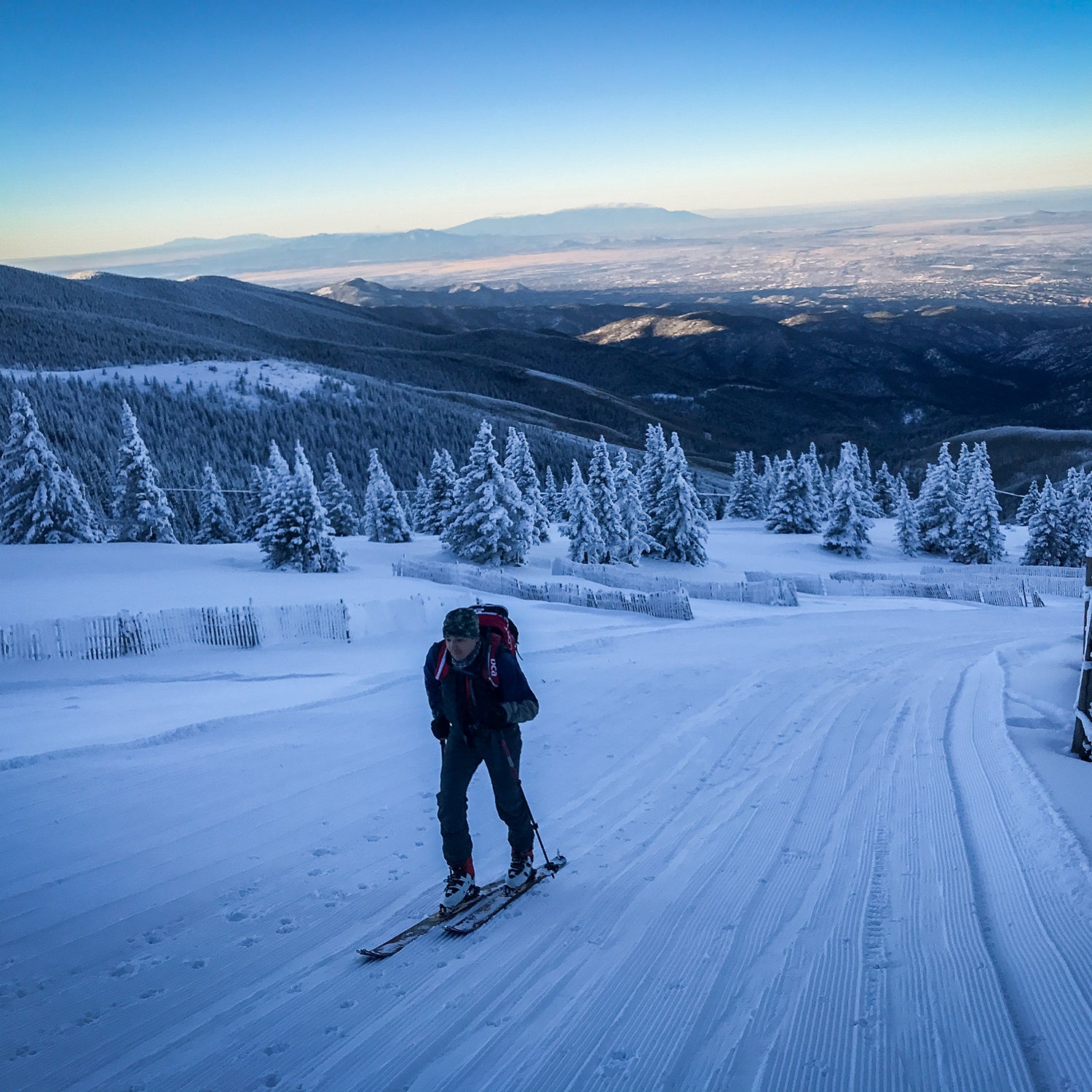Uphill skiing at your local resort is a great way to stay in shape during winter, but there’s a high bar for entry since it necessitates so much specialized gear. To help with that list, I’ve laid out some of the pieces I use during uphill dawn-patrol laps at Ski Santa Fe. Most of what I’ve listed below also doubles as true backcountry gear, although I haven’t included any backcountry safety essentials, like a shovel, beacon, and probe. You’ll need all three if you plan to venture beyond the ropes.
Fischer Ranger 98 and 108 Ti Skis ($850)
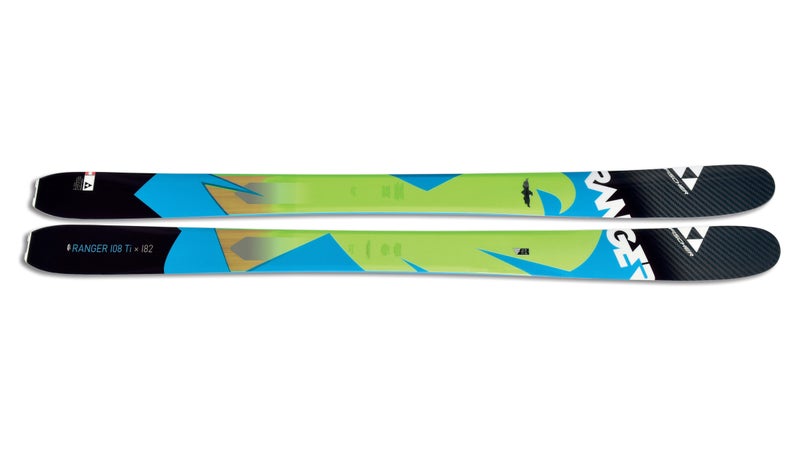
I like the Ranger 98 and 108 Ti models because they’re lightweight for the uphill, thanks to features like a carbon tip and low-profile build, but also plenty stable for the down, with a layer of titanium running tip to tail. Buy the 98 if you’re only using them inbounds. Buy the 108 model if you plan to chase powder in the backcountry.
Fischer Tour Classic Bindings ($550)
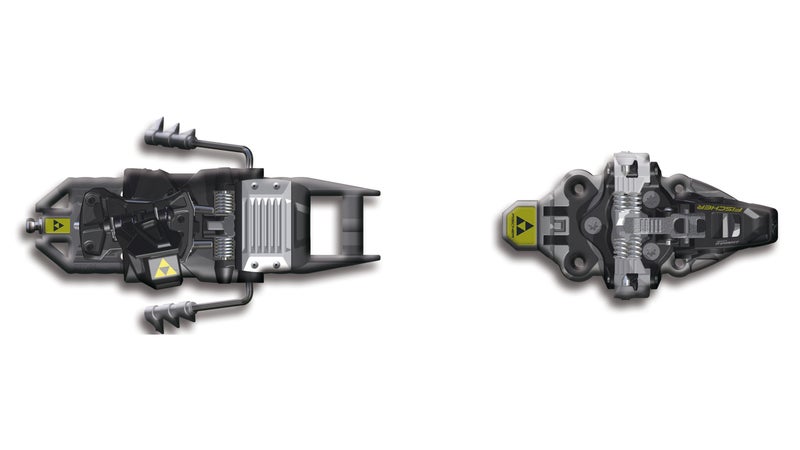
The branding says Fischer, but these are actually Dynafit TLT Radical ST 2.0s. It’s a great all-around binding: reliable, easy to use on the uphill, and now comes with forward pressure and a pivoting toe piece to help prevent early, dangerous ski release.
Tecnica Zero G Guide Boots ($750)
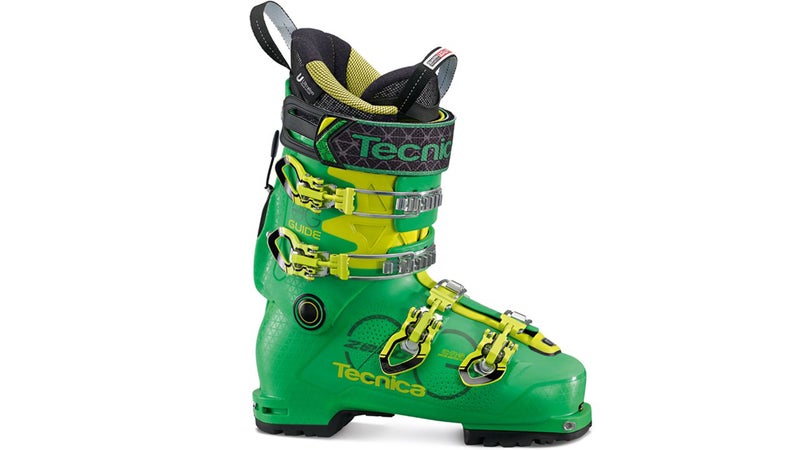
I’d give the same advice here as I did with the skis: invest in a good boot, because you’ll be able to use it for uphill laps and take it into the backcountry. These weigh just 3.3 pounds and have a 44-degree range of motion in walk mode, which translates to a more natural stride when climbing a steep slope. For the down, they have a stiff 130 flex.
G3 Alpinist Climbing Skins ($160)
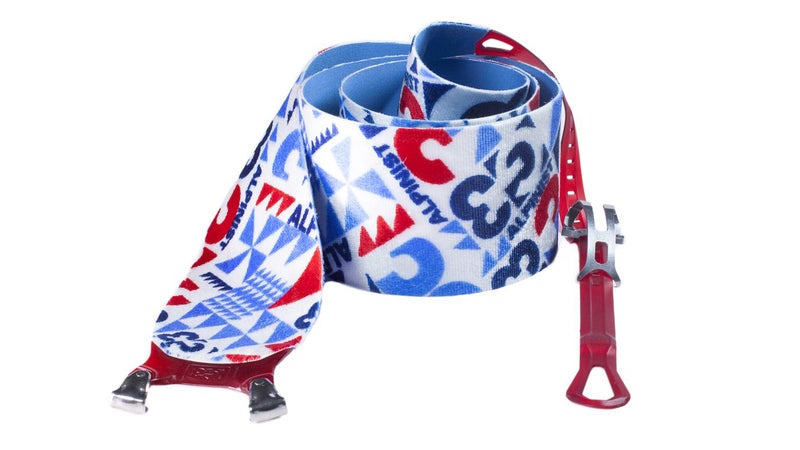
There are lots of skins out there. My advice: go with a basic option like these from G3. They’re not the fastest, lightest, or grippiest, but they strike a nice balance of those features. Plus, they’re durable and easy to trim to your skis.
Black Diamond Razor Carbon Pro Ski Poles ($140)
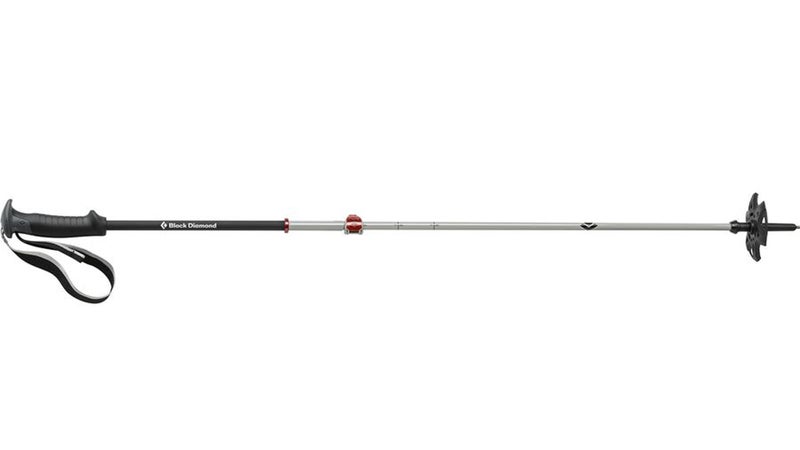
You don’t need special poles for uphill skiing, but if you eventually want to head into the backcountry, I suggest a set of poles like these from Black Diamond because they’re so lightweight—just over a pound for the pair. They also have nice features like breakaway straps, which help ensure they don’t drag you down into the snow if you get caught in a slide.
Dynafit Yotei Gore-Tex Pants ($550)
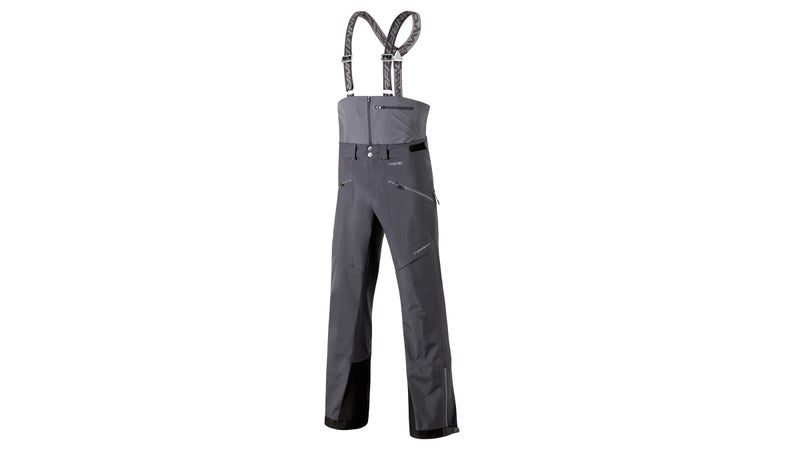
Go for bibs over pants—they’ll stay in place better when you’re climbing. Dynafit nailed the details with this pair: built from burly three-layer Gore-Tex, they’ll put up with ski edges and trees, keep you dry when it’s dumping, and vent when you’re working. On hot days, use the long side zips.
FlyLow Gear Genius Jacket ($425)
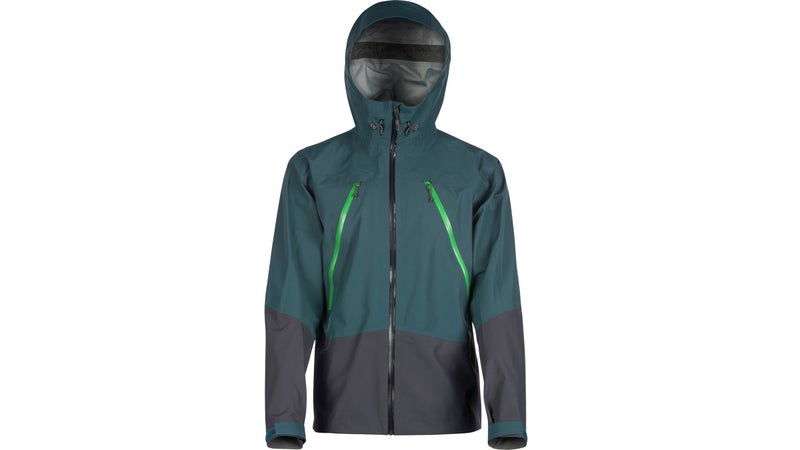
Don’t skin with a shell on. You’ll overheat. But you do need one in your bag for when you’re at the top ripping skins in the wind and when you head back down the mountain. I like the Genius because it’s light (just over a pound) and has four-way stretch and articulated arms: I can reach down and adjust my boots, no problem. It’s built from Polartec NeoShell, a highly breathable-waterproof material that keeps the snow out.
Patagonia Nano-Air Light Hoody ($250)
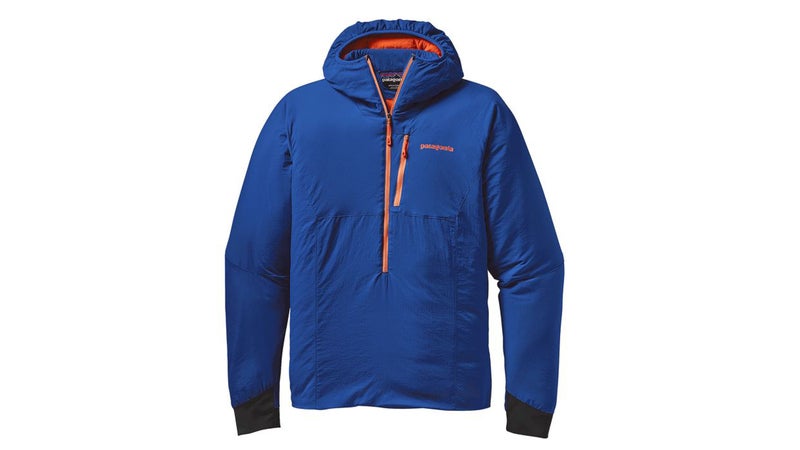
I’ve long been a fan of Patagonia’s Nano-Air, but for skinning, I go with this newer, lighter version. It uses a third less insulation and is 75 percent more breathable, which means I can wear it on the way up.
Ridge Merino Inversion Midweight 3/4-Length Base Layer Bottoms ($45)
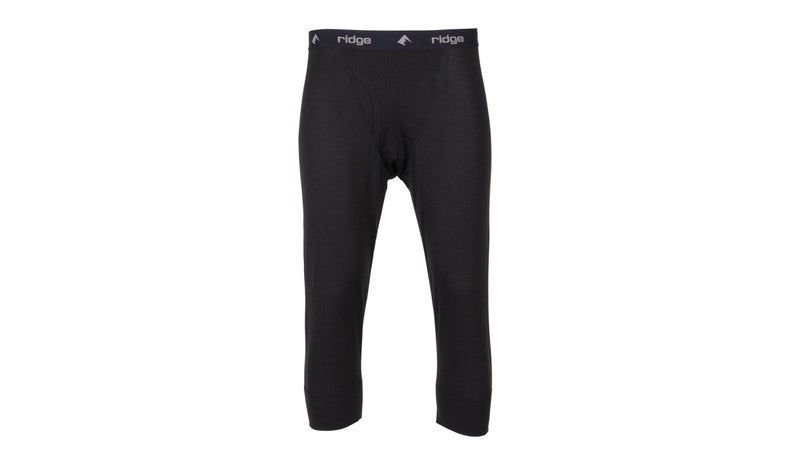
You want a thin pair of base layer tights when skinning because your legs immediately get hot on the way up. This pair from Ridge is made from ultrasoft merino that wicks moisture and keeps the stink down. And they reach to just below your knees, so you don’t have to worry about about them bunching beneath your boots.
Trew Lightweight Nuyarn Merino 1/4-Zip Base Layer Top ($110)
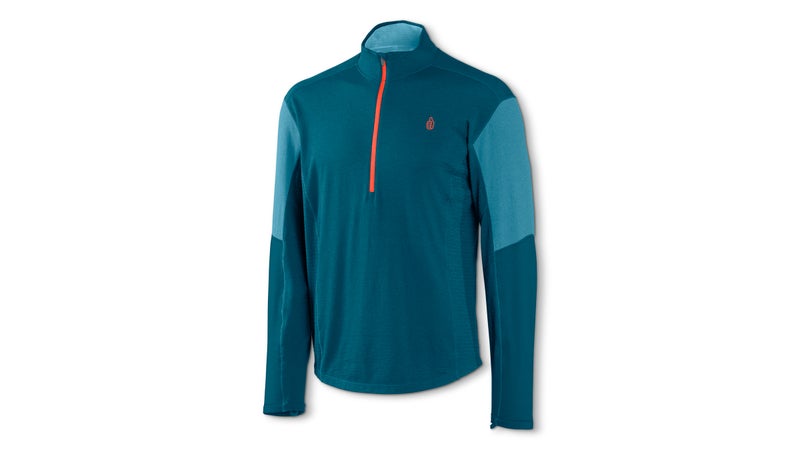
Same advice here. You want a thin base layer up top because you’re going to sweat. This one is made from wool wrapped around nylon. The benefit: you get a top that dries even faster, has more stretch, and is more durable than a normal merino layer.
Give’r 4-Season Gloves ($115)
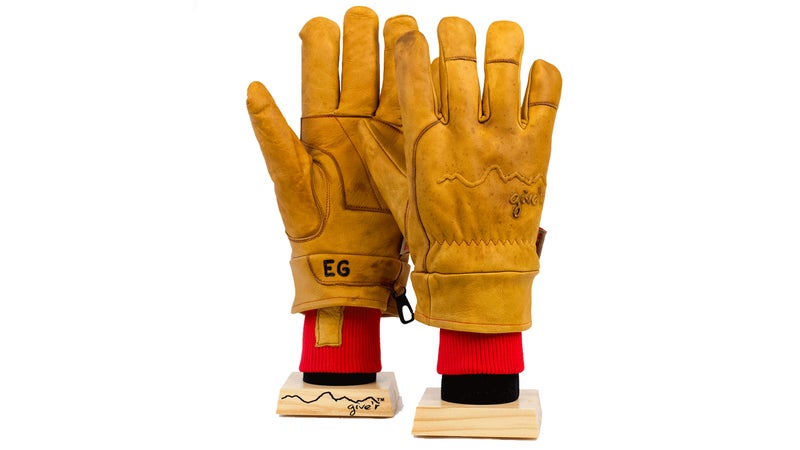
Skinning requires a lot of gear management. Putting and taking off skis. Buckling boots. Packing a bag. These gloves are a favorite because they have a lot dexterity, are built ultratough, and vent well enough to keep my hands from overheating yet fight off the cold when I’m skiing on the way down.
DPS Garage Patch Cap ($26)
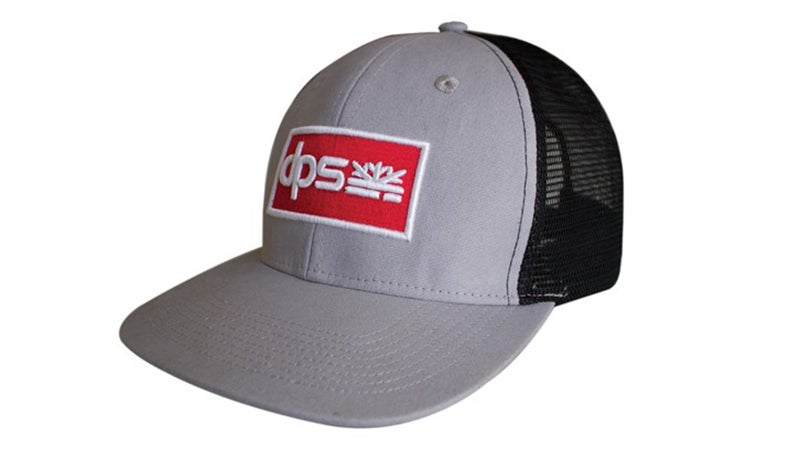
Several of the ���ϳԹ��� staff wear this trucker hat, but any trucker hat will do. I like this style because the brim keeps the sun off my face when skinning, and the mesh in back helps vent heat. If your ears get cold, pull a Buff (below) up and over your head and wear the trucker on top.
Merino Wool Buff ($30)
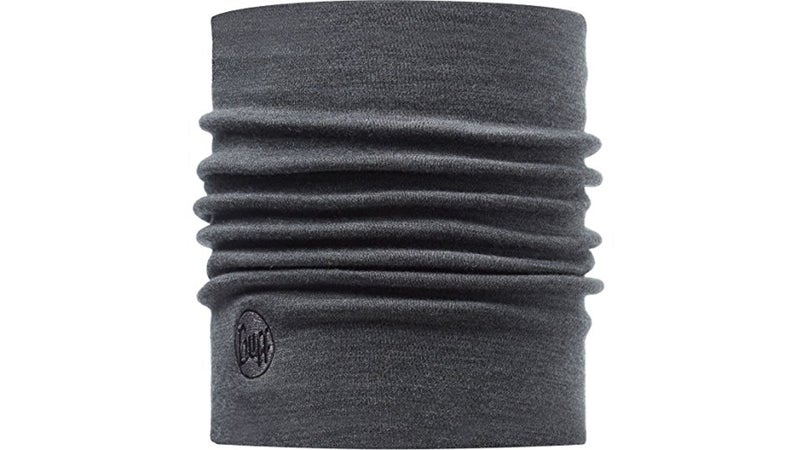
I use a Buff on the way up to keep my ears warm and pull it over my nose to keep my face from freezing when I’m bombing down. Lots of brands make these head coverings, but I go with Buff because its version has better tailoring and stretch than the competitors I’ve tried.
Dakine Poacher 36L Backpack ($185)
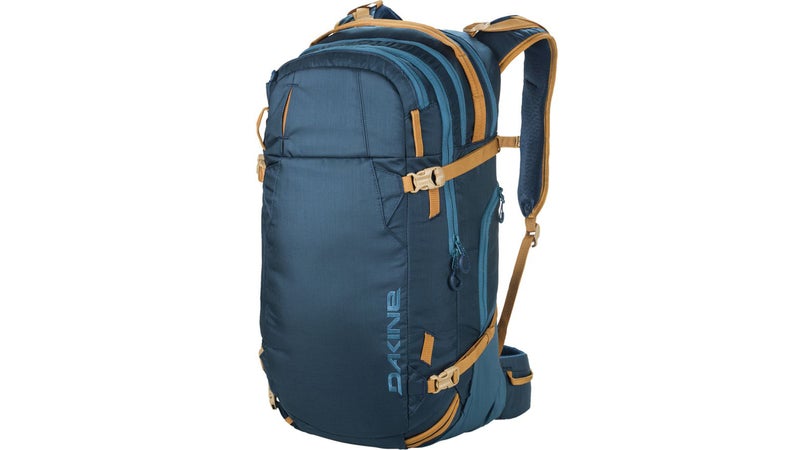
There’s no need to carry a shovel or probe for uphill laps, but you should still invest in a pack designed to carry those tools. This version is big for uphill laps but cinches down nicely and includes all the other features you’ll need down the road, like a stowable mesh net for your helmet, a fleece-lined goggle pocket, and straps to carry your skis diagonally or in an A-frame configuration.


